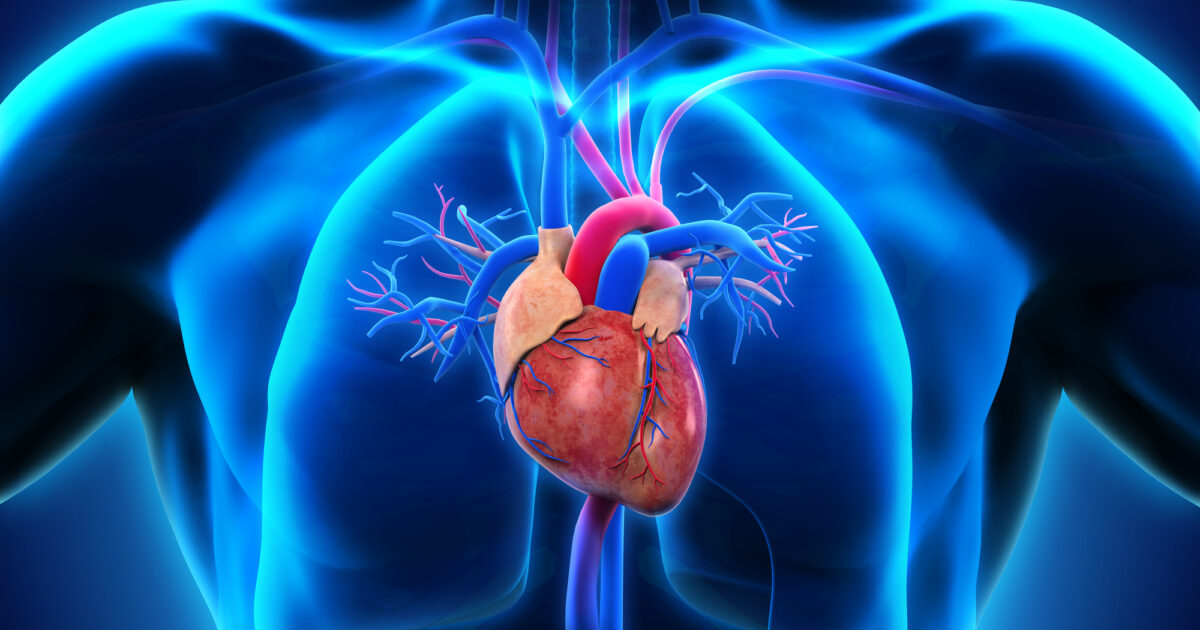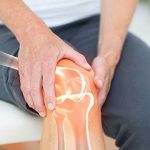
Coronary artery disease (CAD), also known as coronary heart disease (CHD) or ischemic heart disease (IHD), is a common cardiovascular condition that occurs when the blood vessels (coronary arteries) supplying the heart muscle become narrowed or blocked. This narrowing or blockage reduces blood flow to the heart, depriving it of oxygen and nutrients, and can lead to various symptoms and complications. CAD is a leading cause of heart attacks and can be life-threatening. Here are some key aspects of coronary artery disease:
Risk Factors: Several risk factors increase the likelihood of developing CAD. These include high blood pressure, high cholesterol levels, smoking, obesity, diabetes, a family history of heart disease, physical inactivity, and age (the risk increases with age).
Atherosclerosis: The primary underlying cause of CAD is atherosclerosis, which is the buildup of fatty deposits, cholesterol, calcium, and other substances on the inner walls of coronary arteries. This buildup, known as plaque, narrows the arteries and can eventually block blood flow.
Symptoms: The symptoms of CAD can vary but often include chest pain or discomfort (angina), which may feel like pressure, tightness, squeezing, or burning in the chest. Other symptoms can include shortness of breath, fatigue, dizziness, and nausea.
Complications: If a plaque ruptures or a blood clot forms within a narrowed coronary artery, it can completely block blood flow to a portion of the heart muscle, leading to a heart attack (myocardial infarction). CAD can also cause chronic heart failure, where the heart’s pumping ability is compromised.
Diagnostic Tests: Doctors use various diagnostic tests to evaluate CAD, including electrocardiograms (ECG or EKG), stress tests, echocardiograms, coronary angiography, and computed tomography angiography (CTA).
Treatment: Treatment strategies for CAD aim to relieve symptoms, reduce the risk of complications, and improve overall heart health. They may include lifestyle changes (diet and exercise), medications (such as statins to lower cholesterol, antiplatelet drugs, beta-blockers, and nitroglycerin), and medical procedures like angioplasty with stent placement or coronary artery bypass grafting (CABG).
Why integrate medicine into CAD care?
In spite of advanced conventional treatment, the number of CAD cases increases day by day. Integrated medicine, sometimes referred to as integrative medicine, combines conventional medicine with complementary and alternative therapies to address the physical, emotional, mental, and social aspects of health and illness. When it comes to coronary artery disease, integrated medicine can play a role in both prevention and management. Here are some ways in which integrated medicine is used in CAD:
Lifestyle Modification: Integrated medicine emphasises the importance of lifestyle factors in preventing and managing CAD. This includes promoting a healthy diet, regular exercise, stress management techniques, smoking cessation, and alcohol moderation. These lifestyle changes are crucial for reducing CAD risk and improving overall heart health.
Nutritional Therapy: Integrative medicine practitioners often use nutrition as a fundamental aspect of CAD management. Specific dietary approaches (plant-based diets) are recommended to reduce inflammation and improve heart health.
Ayurveda and Herbal Therapies: There are several ayurvedic formulations and therapies that have been studied for their potential benefits in reducing cholesterol levels and improving heart health. Integrated medicine practitioners may incorporate these supplements into a treatment plan, though their effectiveness can vary, and individualised recommendations are essential.
Yoga and Mind-Body Therapies: Stress is a known risk factor for CAD. Integrated medicine often includes meditation, yoga, and biofeedback to help patients manage stress and improve their overall well-being.
Patient Education: Education is an essential component of integrated medicine. Patients are informed about CAD, its risk factors, and lifestyle modifications. They are empowered to take an active role in managing their condition.
It’s important to note that integrated medicine should complement conventional medical treatments for CAD, not replace them. Conventional treatments, such as medications and medical procedures, play a critical role in managing CAD and preventing complications like heart attacks. Individuals with CAD should work closely with their healthcare team to develop a personalised treatment plan that may include elements of integrated medicine. The effectiveness of integrated medicine approaches can vary from person to person, so it’s essential to monitor progress and adjust the treatment plan as needed.


 Previous Post
Previous Post